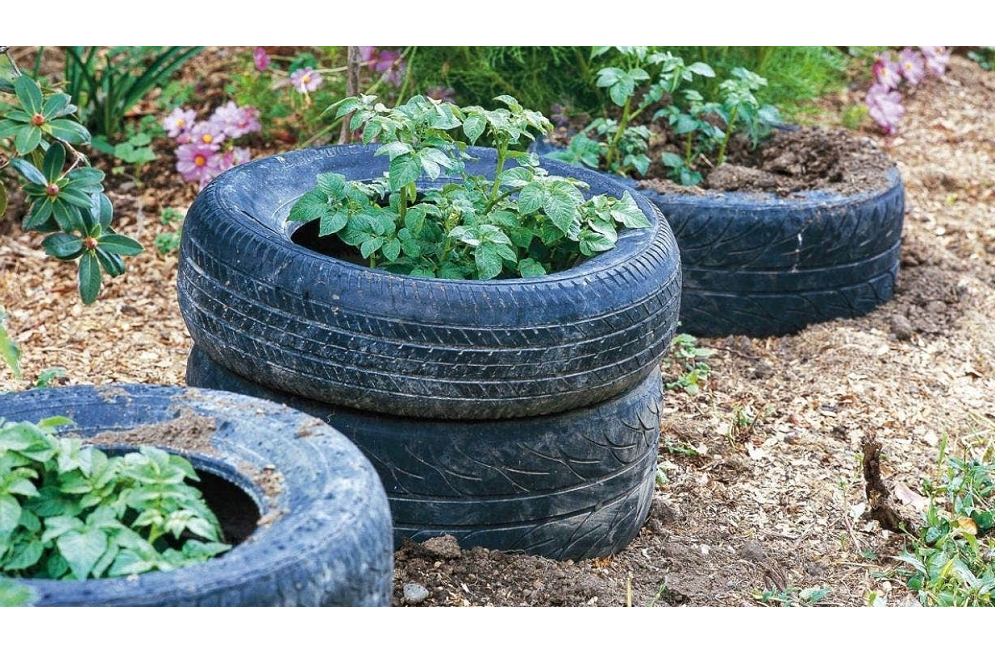
 9
9




 6
6




If there is one thing the Wizard of Oz has taught me, it is not to trust school teachers on bicycles.
 6
6





 9
9




- Tim's Homestead Journal - Purchase a copy of Building a Better World in Your Backyard - Purchase 6 Decks of Permaculture Cards -
- Purchase 12x Decks of Permaculture Cards - Purchase a copy of the SKIP Book - Purchase 12x copies of Building a Better World in your Backyard
 8
8





 8
8







How Permies works: https://permies.com/wiki/34193/permies-works-links-threads
My projects on Skye: The tree field, Growing and landracing, perennial polycultures, "Don't dream it - be it! "
 10
10




 11
11




 9
9




Visit Redhawk's soil series: https://permies.com/wiki/redhawk-soil
How permies.com works: https://permies.com/wiki/34193/permies-works-links-threads
 8
8




If there is one thing the Wizard of Oz has taught me, it is not to trust school teachers on bicycles.
 10
10




 7
7




 9
9




 7
7




 5
5




If there is one thing the Wizard of Oz has taught me, it is not to trust school teachers on bicycles.
 9
9




 7
7




 5
5




John Daley Bendigo, Australia The Enemy of progress is the hope of a perfect plan
Benefits of rainfall collection https://permies.com/t/88043/benefits-rainfall-collection
GOOD DEBT/ BAD DEBT https://permies.com/t/179218/mortgages-good-debt-bad-debt
 8
8




"If you always do, what you always did, you'll always get, what you always got!" Mike S.
"It's easy to chop out excess trees. It's really hard to get a mature tree today." Joseph Lofthouse
 7
7




 6
6




Tommy Bolin wrote:CalTrans, the highway dept. of Calif. uses densely planted oleander on Hwy. 99 in the median as a dividing barricade. Pretty much carproof.
In some ecosystems, water is a great option. Water with salt added, will freeze at a lower temperature, extending that option to more ecosystems. There are some places where the temperatures are such that it may not be a viable choice.I would also point out water is used in those large yellow barrels. Makes sense. Hit a barrel of sand at 50mph or barrel of water. They use both, water more forgiving, but needs more volume.
Visit Redhawk's soil series: https://permies.com/wiki/redhawk-soil
How permies.com works: https://permies.com/wiki/34193/permies-works-links-threads
 7
7





|
This one time, at band camp, I had relations with a tiny ad.
The new permaculture playing cards kickstarter is now live!
https://www.kickstarter.com/projects/paulwheaton/garden-cards
|







